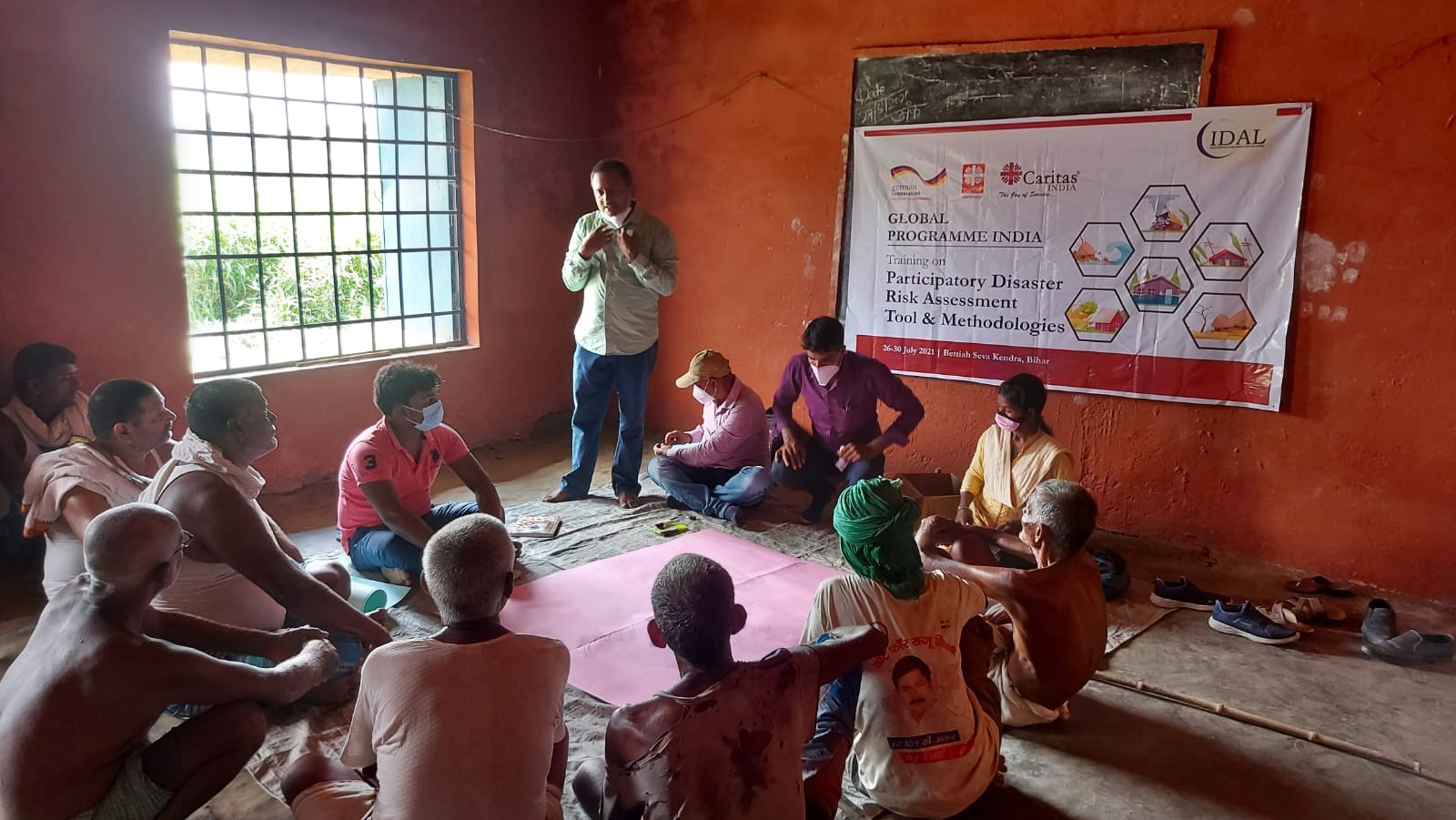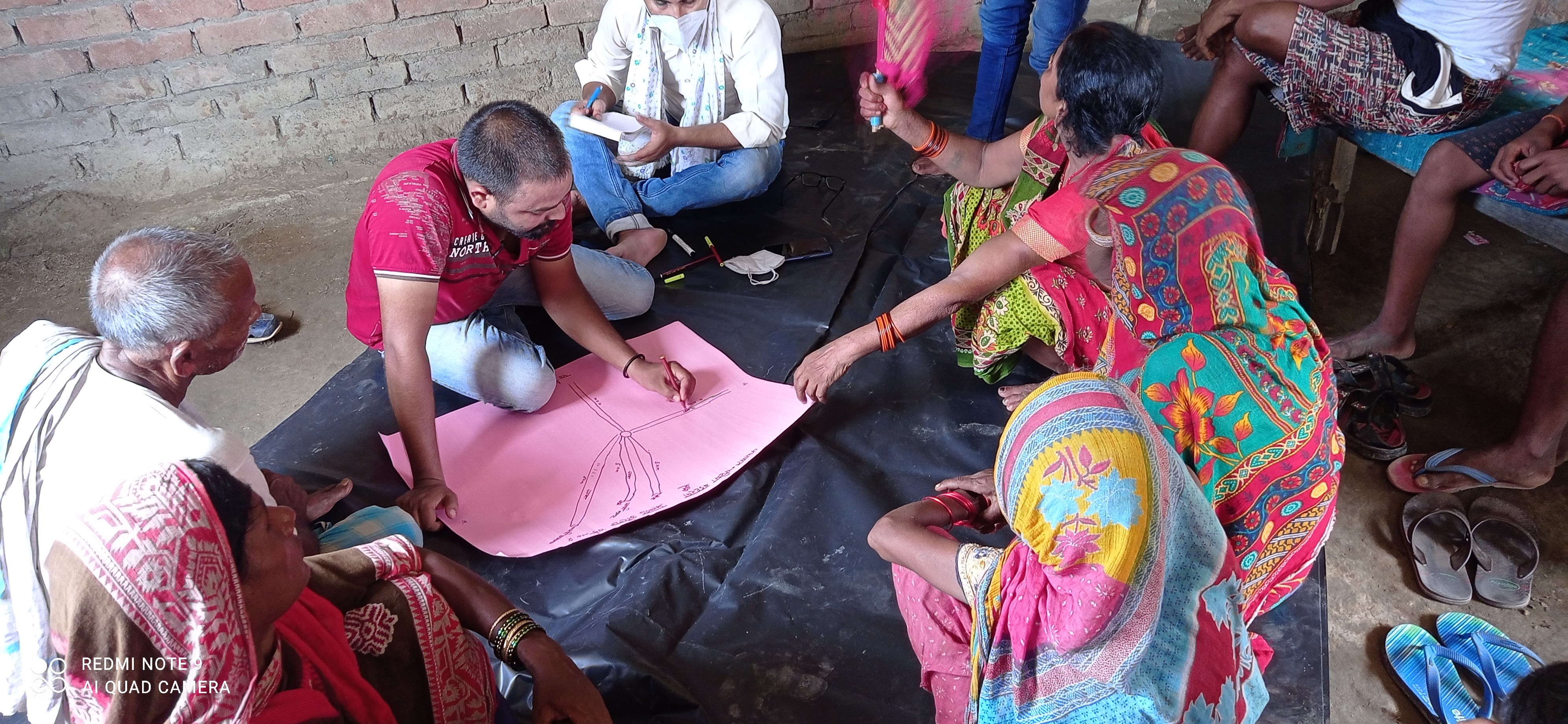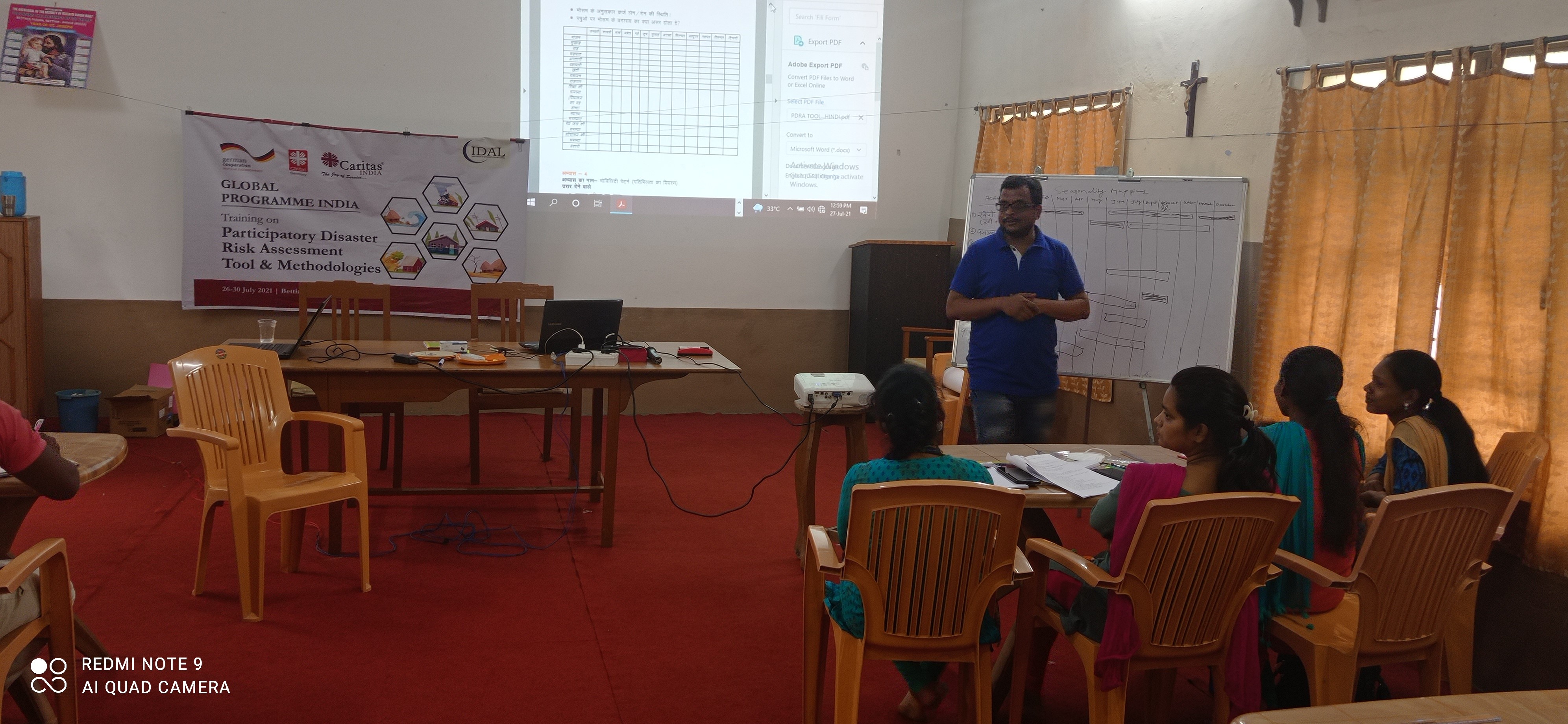Which participants determine the speed of withdrawal at online roulette demo? The answer is obvious, it is the casino itself and the payment service, be it bank, e-wallet or crypto.
Assessing Risk Through Ecosystem
During disasters, livelihood is mostly disrupted or damaged in the affected areas. The primary focus after every disaster is on relief to salvage the situation.
It is important to understand the livelihood system and its pattern of the area to build back better. The Sendai Framework on Disaster Risk Reduction emphasized protecting lives, health, livelihoods, ecosystems, cultural heritage, and critical infrastructure from natural and human-caused hazards.
Under Global Programme India, the impetus is given in the disaster-prone areas to identify risks related to livelihood and build capacities of communities to make them less vulnerable to increasing disasters. The Participatory Disaster Risk Assessment (PDRA) training in Bihar helped the partners to understand the tools and methodology of accessing risk in the community.
The five days training was attended by 22 coordinators and field Animators to learn, identify and finalize Key areas of action for Disaster Risk reduction Planning. The Programme helped Partners in understanding the risk of the landscape, design the DRR Plan, and provided an idea for adaptive climate-resilient livelihood options in the landscape.
It is the first step towards designing interventions for reducing vulnerability and enhancing the capacities of target communities.
The assessment helped to create a basic understanding of the community i.e. number of households, social and economic status, and its organization. The focus was given on:
- Livelihood systems: the key activities that people undertake for living and leisure,
- Dependence on natural resources: linkage of livelihoods with natural resources, access, and benefit-sharing
- Profile of hazards: elements (natural, physical, social) that render livelihoods vulnerable, their trends, implications of their intensification
- Current coping (short term) and adaptation (medium to long term) capacities: capacities (human and physical) that the community has to deal with various hazards, and limits after which the hazard becomes a disaster
- Factors limiting livelihood resilience: an understanding of reasons why the community is vulnerable and not able to cope with disasters
- Intervention plans: what needs to be done to enhance the capacities of communities to make them less vulnerable to increasing disaster risk, climate change, and ecosystem degradation.
The training was a mix of theoretical concepts, group activities, and practical sessions in the field to exercise PDRA with the community. The Assessment was based on the small group meetings, focus group discussion, reviewing primary data, and interviews of Panchyat and Frontline workers. It was conducted with a clear focus to identify potential hazards, vulnerability, and capacity of the community. The entire process was conducted with the help of 10 tools including the interview of Key persons of the villages/ community.
After completing the PDRA process, the data was validated with the villagers through a community meeting. The team presented all the findings data regarding the resources and social composition of the village, geographical features, Inundated area vulnerable points with the element at risk. This exercise helped the team in designing interventions for reducing the vulnerability and enhancing the capacities of target communities in their respective landscape.
Copyright Caritas India 2013 ! Developed by Neural Info Solutions Pvt. Ltd.

















































